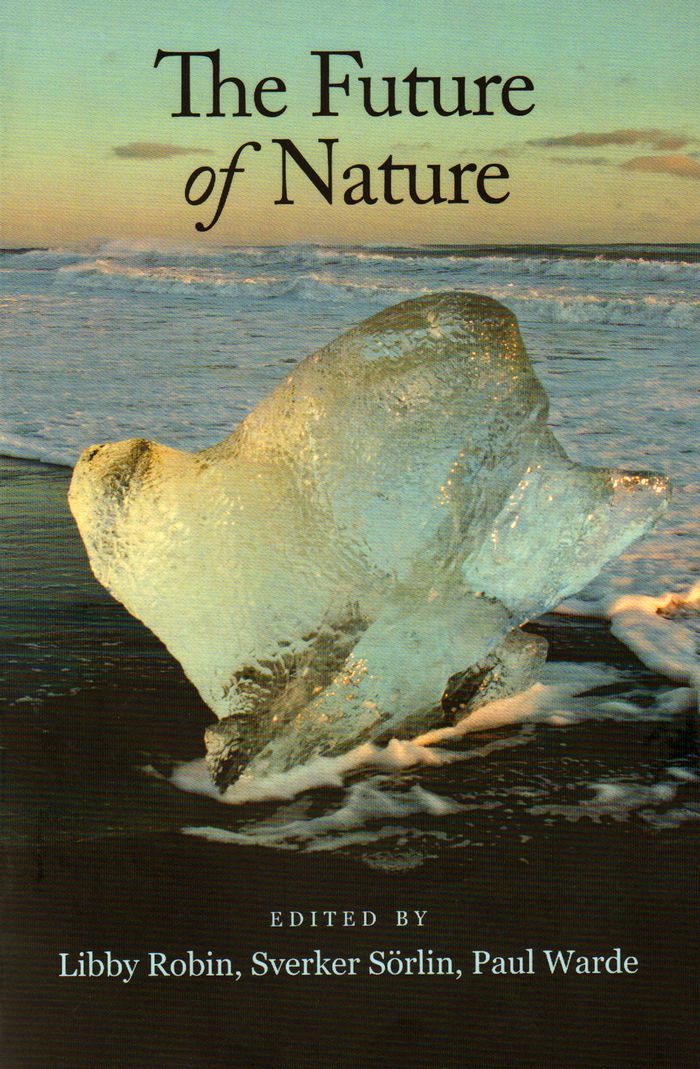$81.50
(available in store)
Summary:
This is the first "Oxford companion" to deal with the subject of photography. It appears at a watershed in the medium's history, as digital imaging increasingly dominates the global photography scene at both amateur and professional levels. In addition to a wide range of technical information, the book encapsulates in concise and readily accessible form the mass of recent(...)
The Oxford companion to the photograph
Actions:
Price:
$81.50
(available in store)
Summary:
This is the first "Oxford companion" to deal with the subject of photography. It appears at a watershed in the medium's history, as digital imaging increasingly dominates the global photography scene at both amateur and professional levels. In addition to a wide range of technical information, the book encapsulates in concise and readily accessible form the mass of recent scholarship on photography as a social and artistic practice, organized both thematically and geographically. There are over 800 biographical entries, both on photographers and on other individuals who have significantly influenced photographic culture from the early 19th century to the present. The book's scope is worldwide. The international team of contributors is made up of leading authorities in their fields, and include: Heather Angel, Sylvie Aubenas, Quentin Bajac, Marta Braun, Clement Cheroux, Elizabeth Edwards, John Falconer, Colin Ford, Ron Graham, Sarah Greenough, Mark Haworth-Booth, Roger Hicks, Paul Hill, Jens Jaeger, Jan-Erik Lundstrom, Naomi Rosenblum, Rolf Sachsse, Martha Sandweiss, Graham Saxby, Joan Schwartz, Sara Stevenson, Roger Taylor, Regine Thiriez, John Ward, Liz Wells, and Mike Ware. The book is extensively illustrated and includes many pictures never before published. The majority of the 1600-plus entries include suggestions for further reading. But the work's usefulness is further enhanced by the inclusion of an extensive bibliography, a chronology of photographic history, a list of important websites, and an index of people.
Theory of Photography
$41.95
(available to order)
Summary:
Is it possible for the economy to grow without the environment being destroyed? Will our lifestyles impoverish the planet for our children and grandchildren? Is the world sick? Can it be healed? Less than a lifetime ago, these questions would have made no sense. This was not because our ancestors had no impact on nature—nor because they were unaware of the serious damage(...)
Environment and environmental theory
November 2018
The environment: a history of an idea
Actions:
Price:
$41.95
(available to order)
Summary:
Is it possible for the economy to grow without the environment being destroyed? Will our lifestyles impoverish the planet for our children and grandchildren? Is the world sick? Can it be healed? Less than a lifetime ago, these questions would have made no sense. This was not because our ancestors had no impact on nature—nor because they were unaware of the serious damage they had done. What people lacked was an idea: a way of imagining the web of interconnection and consequence of which the natural world is made. Without this notion, we didn’t have a way to describe the scale and scope of human impact upon nature. This idea was "the environment." Paul Warde, Libby Robin, and Sverker Sörlin trace the emergence of the concept of the environment following World War II, a period characterized by both hope for a new global order and fear of humans’ capacity for almost limitless destruction. It was at this moment that a new idea and a new narrative about the planet-wide impact of people's behavior emerged, closely allied to anxieties for the future. Now we had a vocabulary for talking about how we were changing nature: resource exhaustion and energy, biodiversity, pollution, and—eventually—climate change. With the rise of "the environment," the authors argue, came new expertise, making certain kinds of knowledge crucial to understanding the future of our planet.
Environment and environmental theory
$46.95
(available to order)
Summary:
This anthology provides an historical overview of the scientific ideas behind environmental prediction and how, as predictions about environmental change have been taken more seriously and widely, they have affected politics, policy, and public perception. Through an array of texts and commentaries that examine the themes of progress, population, environment, biodiversity(...)
October 2013
The future of nature : documents of global change
Actions:
Price:
$46.95
(available to order)
Summary:
This anthology provides an historical overview of the scientific ideas behind environmental prediction and how, as predictions about environmental change have been taken more seriously and widely, they have affected politics, policy, and public perception. Through an array of texts and commentaries that examine the themes of progress, population, environment, biodiversity and sustainability from a global perspective, it explores the meaning of the future in the twenty-first century. Providing access and reference points to the origins and development of key disciplines and methods, it will encourage policy makers, professionals, and students to reflect on the roots of their own theories and practices.


